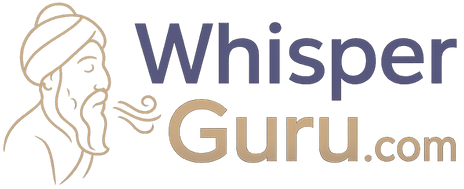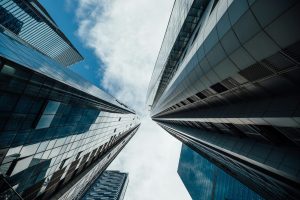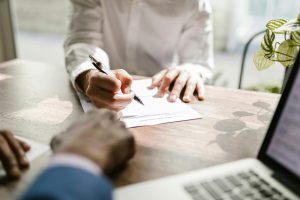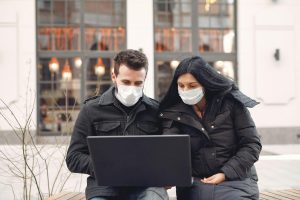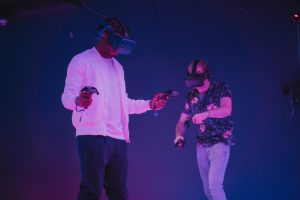Voting Access Barriers in Modern Elections
Voting is a cornerstone of democracy, but access to this fundamental right is not always equal for everyone. In modern elections, there are a number of barriers that prevent certain individuals and groups from exercising their right to vote. These barriers can range from restrictive voter identification laws to lack of accessible polling locations for people with disabilities. In this article, we will explore some of the voting access barriers that exist in modern elections and the impact they have on our democratic process.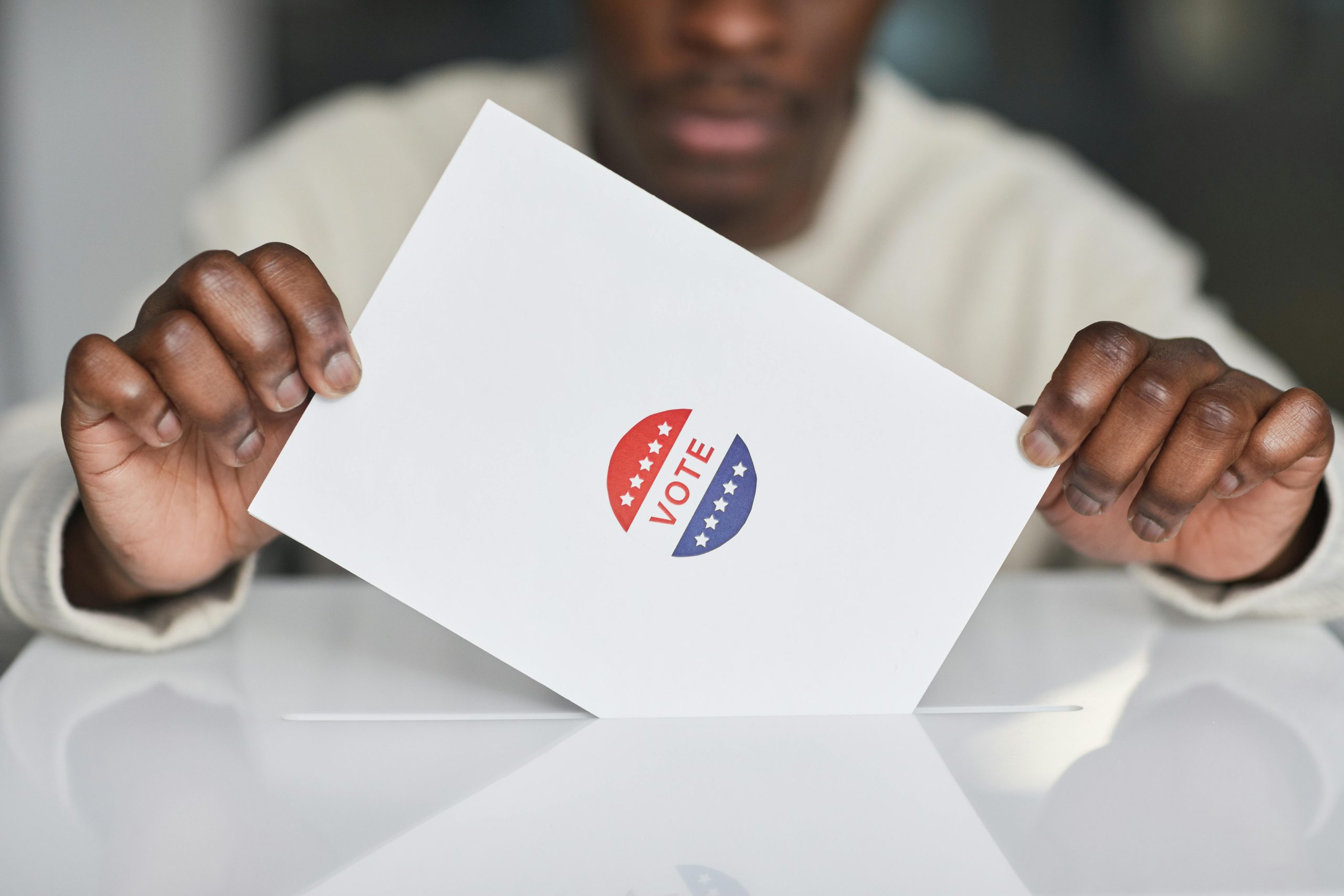
Voter Identification Laws
One of the most controversial voting access barriers in modern elections are voter identification laws. These laws require voters to present a government-issued photo ID in order to cast their ballot. While this may seem like a reasonable measure to prevent voter fraud, it has been shown to disproportionately affect marginalized communities, such as low-income individuals, people of color, and the elderly. These groups are less likely to have a driver’s license or other forms of acceptable identification, making it difficult for them to participate in the democratic process.
Online Voter Registration
Another barrier to voting access in modern elections is the lack of online voter registration. While some states have implemented this system, many still require voters to register in person or by mail. This can be a major obstacle for individuals who are unable to take time off work or have limited transportation options. Online voter registration not only makes the process more convenient, but it also increases the accuracy of voter rolls and reduces the potential for errors.
Polling Place Accessibility
In the United States, the Americans with Disabilities Act (ADA) requires polling places to be accessible to individuals with disabilities. However, in many cases, this requirement is not met. This can make it difficult, if not impossible, for people with mobility impairments, vision or hearing impairments, and other disabilities to vote. Inaccessible polling places can also discourage people from voting, making them feel unwelcome in the democratic process.
Language Barriers
For non-English speaking individuals, language barriers can be a significant obstacle to voting access. While the Voting Rights Act requires some jurisdictions to provide voting materials in languages other than English, this is not the case for all areas. In addition, the translation of voting materials may not always be accurate or culturally relevant. This makes it difficult for non-English speaking individuals to fully understand the voting process and their rights as voters.
Early and Absentee Voting Restrictions
Some states have implemented restrictive policies when it comes to early and absentee voting. These options are often utilized by individuals who may have difficulty getting to the polls on Election Day, such as those who work long hours or have caregiving responsibilities. Restrictions on early and absentee voting can greatly limit the ability of these individuals to participate in the electoral process.
Voter Intimidation and Suppression
Finally, one of the most concerning voting access barriers in modern elections is voter intimidation and suppression. From gerrymandering to strict voter ID laws, efforts to suppress the voices of certain communities are on the rise. This not only goes against the principles of democracy, but it also undermines the credibility of our electoral process.
In conclusion, voting access barriers in modern elections continue to be a major issue that can have a significant impact on the fairness and legitimacy of our democratic system. It is crucial that we address these barriers and work towards ensuring that every eligible voter has equal and unrestricted access to the ballot box. Doing so is not only a matter of upholding democratic values, but it also helps to build a more inclusive and representative government for all individuals and communities.
